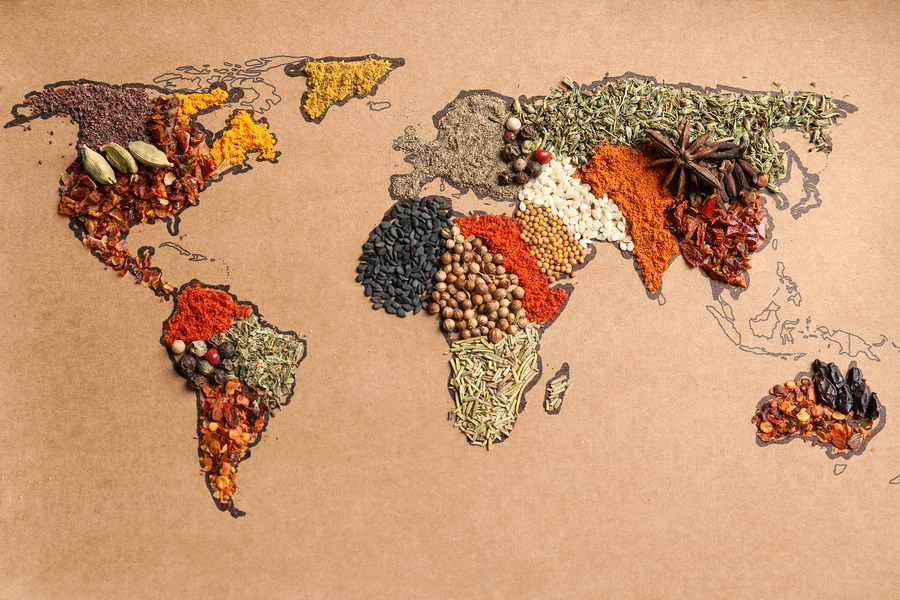Since the 1960s, diets in South Korea, China, and Taiwan have changed the most, while diets in sub-Saharan Africa have changed the least, according to an analysis published this week in Nature Food.
The researchers analyzed the availability of products from 18 food groups in 171 countries from 1961 to 2013. Of the 18 food groups studied, four combinations accounted for almost 90% of the cross-country variance in food supply:
- Animal source and sugar
- Vegetable
- Starchy root and fruit
- Seafood and oilcrops
The first two categories were where the biggest changes occurred. In particular, South Korea, China, and Taiwan have all seen increases in the supply of animal source foods and sugar, vegetables, and seafood and oilcrops. At the same time, high-income English-speaking countries (e.g., US, UK, Canada, Australia) have seen a substantial decline in animal source foods and sugar.
Overall, the results show that some regions are eating healthier, while in others changing diets may be having a negative effect. Lead researcher James Bentham noted:
“There are clear shifts in global food supply, and these trends may be responsible for strong improvements in nutrition in some parts of the world. However, obesity remains a long-term concern, and we hope that our research will open doors to analysis of the health impacts of global diet patterns. Equally, we must also consider carefully the environmental impacts of these trends.”


